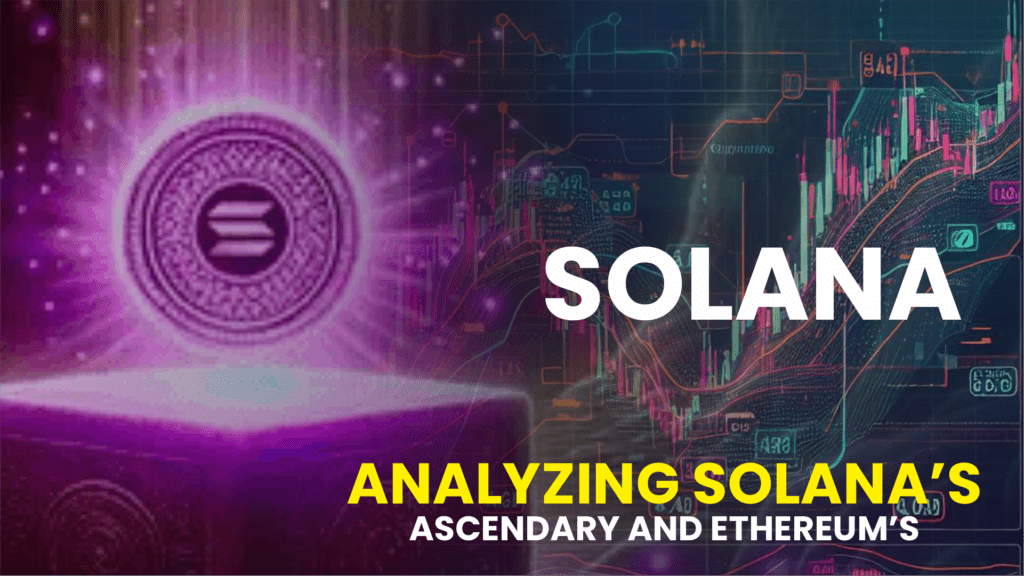Introduction
When Solana (SOL) made its debut, it sent ripples through the Ethereum (ETH) community, causing a brief upheaval. This chaos was due to Solana’s unique combination of Proof-of-Stake (PoS) and Proof-of-History (PoH) mechanisms, enabling it to fulfill the functions that Ethereum users had long hoped for.
Solana’s Advantages and Challenges
Solana, a popular altcoin, stands out for its exceptional speed and low transaction costs. However, the project faced challenges in maintaining stability, with frequent interruptions observed between 2021 and 2022, causing concerns within the crypto community.
Solana’s Rise in 2023
Despite its earlier struggles, 2023 marked a significant turning point for Solana. Discussions about the potential disablement of Ethereum resurfaced, fueled by Solana’s increasing Decentralized Exchange (DEX) volume. DEX volume refers to the total amount of cryptocurrencies traded on a DEX within a specific period.
Expert Insights
On-chain analyst Patrick Scott highlighted Solana’s rapid increase in DEX volume and Total Value Locked (TVL). A higher TVL indicates a more reliable project, making Solana an attractive option for liquidity. However, analyst Maxi Ryan Sean Adams criticized Solana’s growth, pointing out that the TVL of other Ethereum Layer 2 solutions like Optimism (OP), zkSync, and Arbitrum (ARB) remains higher. These solutions offer lower transaction fees and faster transactions.
Contrary to Adams’ opinion, Mert Mumtaz, CEO of Helius, a leading Remote Procedure Call (RPC) provider for Solana, dismissed the criticism. He argued that TVL is a “noisy” measure and highlighted Solana’s significantly higher Transactions Per Second (TPS) compared to Ethereum.
Conclusion
In conclusion, Solana’s rise and Ethereum’s concerns have sparked intense discussions within the crypto community. While Solana offers speed and low costs, Ethereum’s Layer 2 solutions continue to compete, raising questions about the future landscape of decentralized finance.


